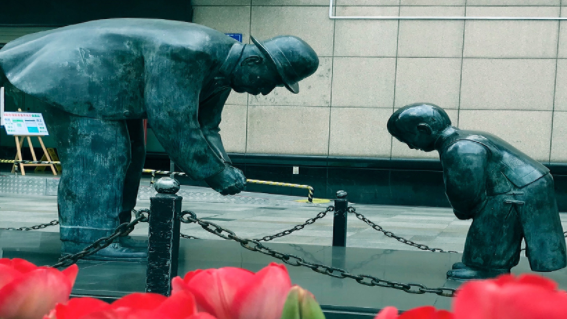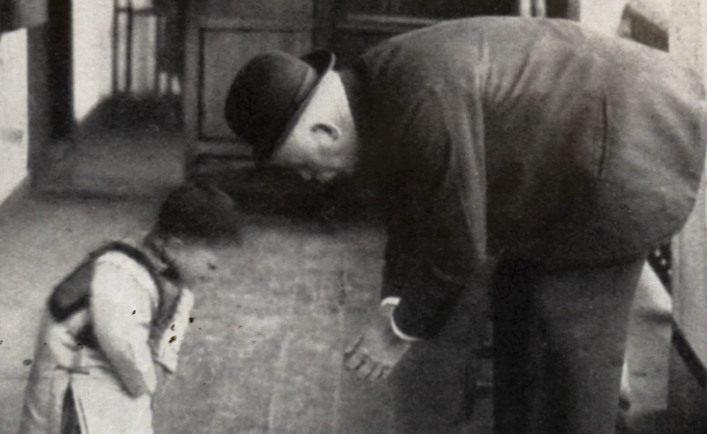The Second Affiliated Hospital Zhejiang University School of Medicine had originated from the Hospital of Universal Benevolence, or the Kwang Chi (Guang Ji) Hospital, which was established by British missionaries from the Church Mission Society.
Besides preaching the gospel of the kingdom, Jesus healed all kinds of sickness and disease among the people, who later believed in Him.
During the Qing dynasty (1636-1912), under the policy of prohibition and restriction on religion, foreign medical missionaries gained access to Chinese people.
The early missionaries in China planned to save the patients’ souls by curing their bodies, taking advantage of Western medicine. Treating them for free and relieving their pain, missionaries eliminated the Chinese people's xenophobia and contempt, winning their understanding and respect to carry out missionary work.
According to the Statistical Survey of the World Mission of Christian Church published in 1938, there were 300 hospitals, 21,000 hospital beds, and about 600 small clinics in 1937, established by British and American Protestant Christian churches.
In 1869, Meadows, a missionary of the Church Mission Society, rented three houses to build an opium refuge with 16 beds in Hangzhou, Zhejiang Province, treating opium addicts while preaching the gospel to them. In 1870, the Central Hospital was set up. In 1881, David Duncan Main and his wife were sent to take charge in the hospital. After raising enough money, Main designed and built the Hospital of Universal Benevolence in 1884 with 500 beds, which was known as “the best hospital in Far East” during the early twentieth century. Receiving free treatment and listening to the gospel, many patients were baptized. Later, Main founded the Men and Women’s Leper Hospitals, a sanatorium for pulmonary diseases, an orthopedic hospital, a midwifery training school, and Hangzhou Medical Training College, which was one of the first medical training schools in Zhejiang.
A skin disease hospital, an orphanage, and other medical organizations were built by missionaries, who also published the Guangji Medical Journal.
Since 1999, it has been named the Second Affiliated Hospital of Zhejiang University School of Medicine. After 140 years of construction and development, it has been the top-ranked hospital owning national natural resources for nine consecutive years, with the number of surgeries ranking first in the country and in the province.
Citation: Hangzhou History of Christianity written by Chen Wei (Beijing: Contemporary China Press)
- Translated by Abigail Wu













